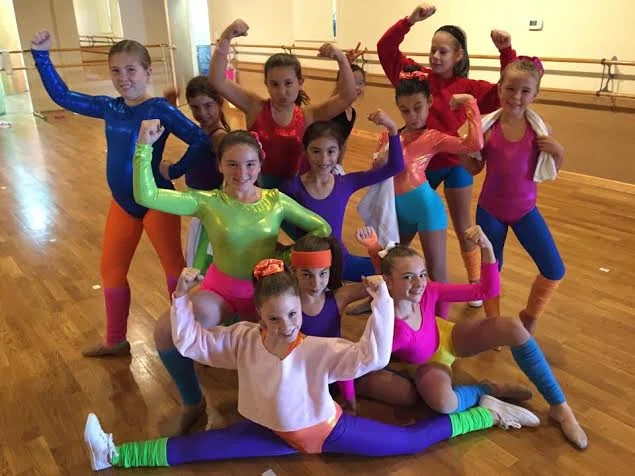
- 1-social-growth-and-the-6th-grade-experience
- 2-do-6th-graders-have-school-dances-a-reality-check
- 3-how-schools-approach-dances-for-younger-students
- 4-parental-perspective-and-student-reactions
- 5-making-the-most-of-early-dance-experiences
1. Social Growth and the 6th Grade Experience
Sixth grade is a milestone in a student’s social and academic development. It’s often the first year of middle school—a time when friendships grow, identity begins to form more independently, and kids start looking for ways to express themselves beyond the classroom. Social events like dances can be a natural fit for this phase, helping students connect in new and engaging ways.
But not every school handles this the same. The question “do 6th graders have school dances” actually depends a lot on district policies, school culture, and parental involvement. Some schools embrace the idea; others take a more cautious approach.
2. Do 6th Graders Have School Dances? A Reality Check
Yes, many 6th graders do have school dances—but with a few important caveats. Unlike high school dances that are often formal and student-organized, 6th grade dances tend to be more casual and heavily supervised. They might be called “social nights” or “mixers” and often involve games, snacks, music, and low-pressure dancing.
In one popular example from a middle school in Austin, Texas, the 6th-grade welcome dance was held in the gym, with string lights, a DJ from a local radio station, and chaperones at every corner. Students danced in groups or just hung out eating pizza. It wasn’t glamorous, but for those kids, it was unforgettable.
3. How Schools Approach Dances for Younger Students
School administrators are aware of the developmental stage of 6th graders. They typically structure events to be inclusive and low-pressure. Themes are fun and light-hearted—think neon, sports night, or pajama party—rather than romantic. Music playlists are pre-approved, and dress codes emphasize comfort over formality.
Many schools also use these dances as learning experiences: they might include etiquette talks beforehand or use the event as a fundraiser or reward for good behavior. It's common for schools to partner with organizations like American Dance Academy to bring in age-appropriate dance instructors or even host dance games like freeze dance and line dance tutorials.
4. Parental Perspective and Student Reactions
Parents often have mixed feelings. Some are thrilled their kids are getting social exposure in a safe setting. Others worry about the early introduction to dating culture or peer pressure. However, most 6th grade dances are less about “romance” and more about independence, movement, and simply having fun outside class hours.
Students themselves usually see these events as exciting. For many, it’s their first semi-formal social function without parents nearby. It’s also a moment to experiment with style, music preferences, and group dynamics. In Reddit forums and parenting blogs, stories from parents frequently highlight how their once-shy kids came home beaming after dancing the night away (or at least trying).
5. Making the Most of Early Dance Experiences
If your child is approaching their first school dance, there are a few things you can do to prepare them:
Talk openly about what to expect—how the evening might go, who might be there, and what kind of behavior is appropriate. Encourage them to go with friends and focus on fun rather than performance. Consider helping them learn a few basic moves—resources from American Dance Academy can be a fun and engaging place to start.
When approached with the right attitude, these events can spark lifelong confidence. Whether they dance all night or prefer to hang out by the snack table, what matters is that 6th graders feel safe and supported as they step into new social spaces.
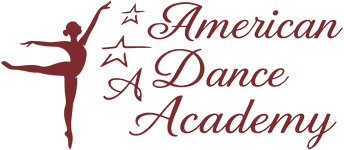
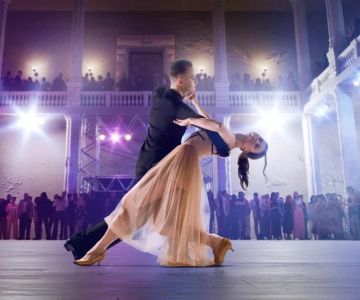
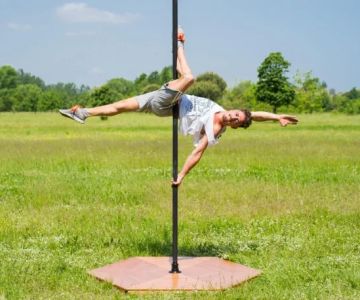
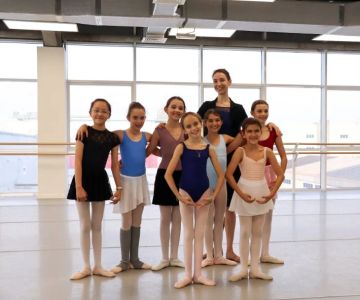
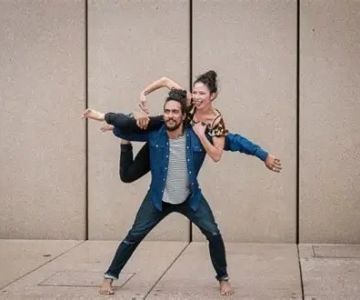

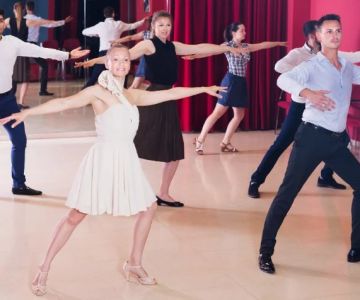
 Barrington Dance Academy5.0 (22 reviews)
Barrington Dance Academy5.0 (22 reviews) Canyon Concert Ballet4.0 (17 reviews)
Canyon Concert Ballet4.0 (17 reviews) Big City Dance Center LLC4.0 (25 reviews)
Big City Dance Center LLC4.0 (25 reviews) Tye Chua Dance & Kalamazoo Ballet5.0 (18 reviews)
Tye Chua Dance & Kalamazoo Ballet5.0 (18 reviews) Fenton Ballet Theatre4.0 (24 reviews)
Fenton Ballet Theatre4.0 (24 reviews) Front Street Dance Center5.0 (7 reviews)
Front Street Dance Center5.0 (7 reviews) Are There Dances in Middle School? What Students and Parents Should Know
Are There Dances in Middle School? What Students and Parents Should Know How a Dance School in Instagram Builds Community and Success
How a Dance School in Instagram Builds Community and Success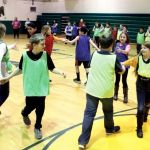 Why Do Schools Teach Square Dancing?
Why Do Schools Teach Square Dancing?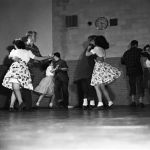 Why Was Square Dancing Taught in School?
Why Was Square Dancing Taught in School? Why Swing Dance Is Popular for Adults
Why Swing Dance Is Popular for Adults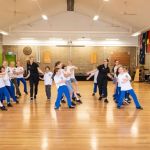 A School Dance: How to Prepare, Shine, and Make It Unforgettable
A School Dance: How to Prepare, Shine, and Make It Unforgettable